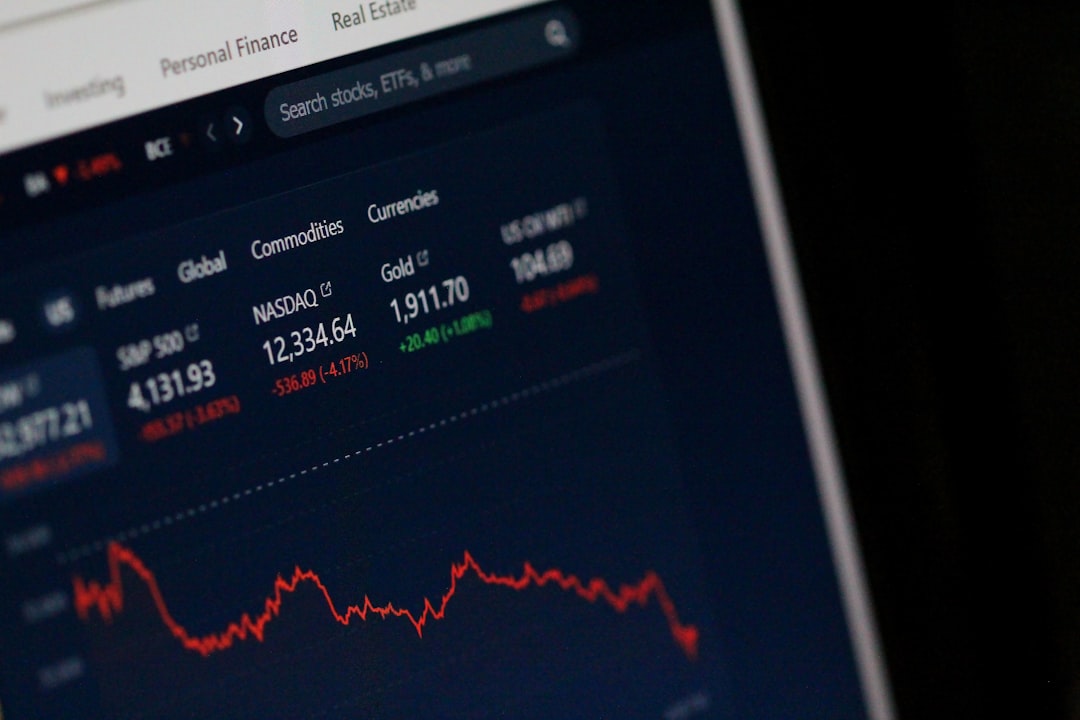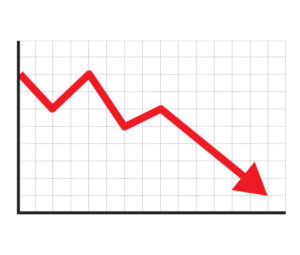Stock markets and the dollar remained cautiously higher on Wednesday as investors assessed vague but optimistic headlines from U.S.-China trade talks.
U.S.-China Reach Broad Trade Framework
Negotiators from both countries said they had agreed on a framework deal, with U.S. Commerce Secretary Howard Lutnick confirming:
-
Restrictions on rare earth exports from China are “resolved.”
-
The framework adds “meat on the bones” of earlier Geneva agreements.
-
But final approval still rests with Trump and Xi Jinping.
Despite the headlines, details remain scant, and markets are aware this could be more symbolic than structural.
📉 “A comprehensive deal usually takes years. I’m skeptical this will change much in the near term.”
— Carol Kong, CBA Currency Strategist
Tariff Legal Ruling Raises Questions
Separately, a federal appeals court allowed Trump’s sweeping tariffs to remain active—despite an earlier trade court ruling that tried to block them.
-
This legal green light maintains one of Trump’s most aggressive economic policies.
-
Small businesses had sued, citing damage from what they called an unjustified emergency declaration.
Inflation Data: The Next Big Test
Markets are now focused on incoming U.S. CPI data, expected to show:
-
Whether tariffs are pushing consumer prices higher.
-
Early signs of import-led inflation from trade disruptions.
-
Implications for Federal Reserve policy, especially after Friday’s strong jobs report.
Stay ahead of macroeconomic shifts with the Economic Calendar API, which offers real-time access to inflation reports, interest rate decisions, and other high-impact data.
Treasury Auction, Dollar Reaction
-
The U.S. dollar held firm, supported by the trade optimism and inflation hedging.
-
Bond yields were flat as investors waited for demand signals from an upcoming Treasury auction.
What It Means for Markets
Investors are cautiously optimistic but want:
-
Concrete implementation steps from the trade framework.
-
Inflation data to confirm or challenge tariff pass-through risks.
-
A clearer Fed path before rotating into more risk-heavy positions.
Until then, most asset classes may stay in a holding pattern.




